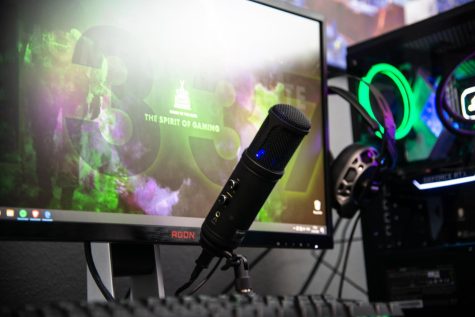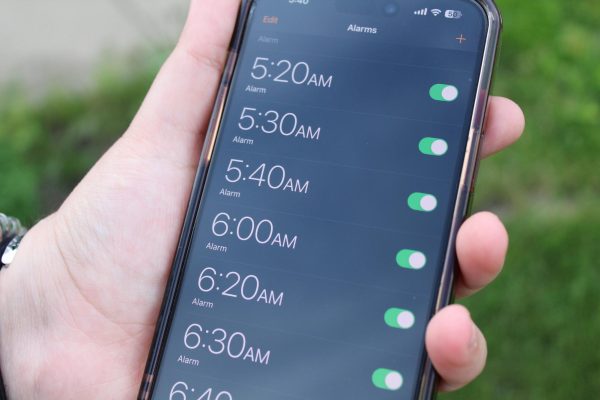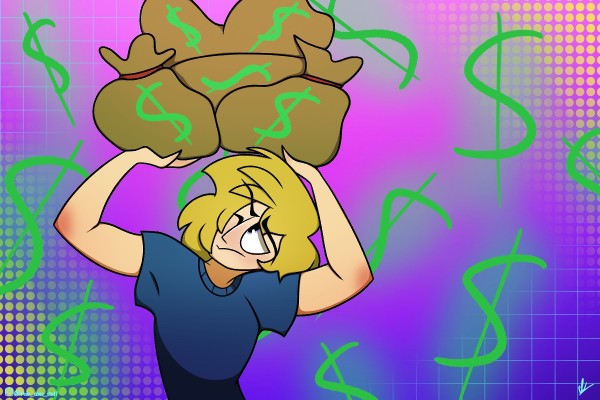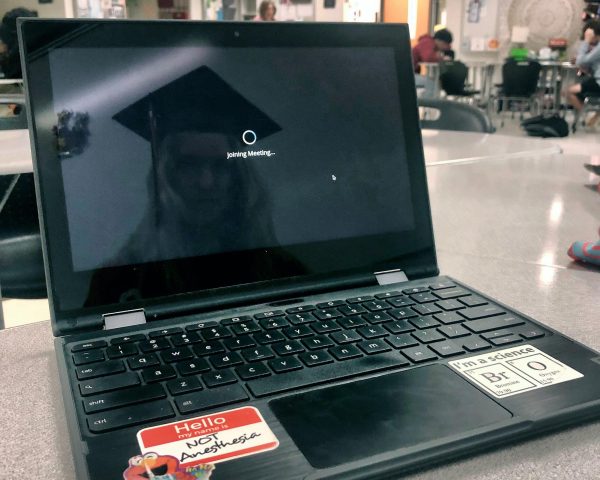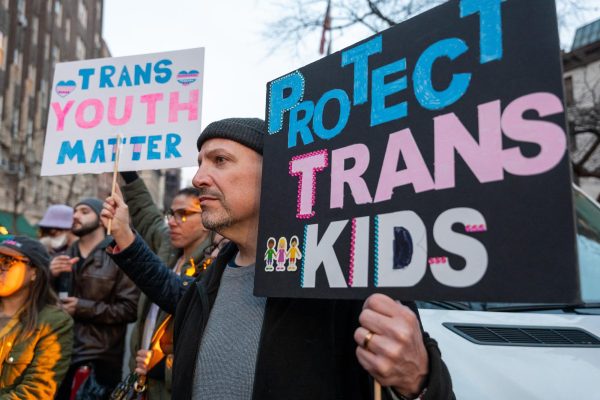Opinion: Social media activism is not enough
Social media activism has the ability to connect people, but it does not bring real change
Social media has made speaking one’s mind easier than ever. But to make a real difference, activists must do more than retweet, post, or rant on their favorite social media platform.
When any fatal shooting or tragic natural disaster happens, many turn to social media to share their opinion and spread awareness. They believe that liking and resharing infographics or pictures is a sustainable way to bring change. This however, is low-effort activism that brings little to no change.
One of the first times social media was first used for activism during the Arab Spring pro-democracy protests in 2011. Since then, social media has become a popular way to organize activism or show support for a cause, especially during the COVID-19 pandemic. Events like George Floyd’s murder in 2020 sparked plenty of discussions among people. While some fled to the streets to protest, many simply shared infographics in their social media pages. Both actions were praised as helpful, but only one brings real change.
Traditional activism, consisting of protests, sit-ins, and in-person petitions, actually creates change, unlike social media activism that merely spreads ideas around.
“Drawing back from the 60s and sit-ins, that was real action. That was people putting forth a strong effort,” says Kirk Kirstoffesron, an author of a study regarding social activism, for NPR News. “Conversely, what social media has done is remove that effort. So, our findings would suggest that it (social media) would be making it more difficult to make a difference.”
In the 60s, during the civil rights movement there was actual change. Because of many protests, sit-ins and boycotts, the Civil Rights Act of 1964 ended segregation in public spaces as well as prohibited the discrimination based on race, color, religion and sex. Today, social media activism will never accomplish things as impressive. In fact, social media often works against movements like this.
A prominent example of this is when social media muted conversation about police brutality and George Floyd’s death by having a “Blackout Tuesday.” Following Floyd’s death, people began publishing infographics about police brutality and the struggles people of color face. This was already the bare minimum of activism, but social media’s Blackout Tuesday was even worse.
Individuals decided to post a black square on their Instagrams to draw attention to the Black Lives Matter movement. However in doing this, the helpful infographics that others had posted were drowned. Clearly, social media did more harm than good in this case. Activism through social media will never help achieve things like the Civil Rights Act of 1964.
According to The Oxford Student, social media activism is helpful for students who can’t go out and protest or don’t have money to donate to causes. In cases like this, it is understandable that people want to resort to social media to show their support for causes. However, there are better ways to show support. You don’t have to donate money in order to show support for organizations. Students can spread awareness of social issues in their schools through social activism clubs or by informing others. Activism through social media is very unreliable because of misinformation. Traditional activism is better for everyone, even for those who can’t go out and protest.
Despite social media activism’s ability to spread information within seconds, it will never replace traditional activism. Sharing and resharing pictures on social media is not the same thing as going out and participating in sit-ins, protests,and boycotts. Traditional activism is the most effective form of activism. It made a difference in the 1960s, and it will continue to do so in the future.







